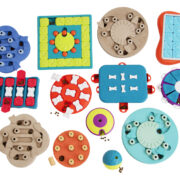Maybe you like diffusing a little peppermint essential oil in the morning to perk you up. Then, you add lavender oil in the evening to relax before bed. However, you’re like many pet parents; you might feel confused about essential oils when it comes to your pets. What are some pet-safe essential oils for a diffuser?
Is it safe to diffuse pure essential oils around your pets? Can you use them to help your pets feel calm when they’re anxious?
As you probably know, pure essential oils are much more than air fresheners. They have health benefits and medicinal qualities for both people and pets. Yet, our pets are far more sensitive to smells than humans. Certain essential oils like clove and pennyroyal can be dangerous to your pets.
You’ve probably also heard warnings like, don’t use essential oils directly on your pet’s skin, don’t let your dog or cat ingest them, and don’t diffuse citrus oils around cats.
The warnings can be enough to scare you off of essential oil diffusers and aromatherapy completely.
Yet, essential oils do have health benefits, including calming anxious animals. To get at the nitty-gritty of using these powerful oils around your pets, we’ve talked to both a veterinarian and a pet groomer/consultant and educator for their input.
Dr. Jeffrey Levy, aka “Dr. Jeff,” a house call veterinarian and musician in New York City, is a holistic veterinarian. Malissa Conti-Diene is a pet consultant, educator, and groomer at The Oily Groomer.
They both use essential oils in their work with animals and remind us that our pets have a highly developed sense of smell.
What to Know About Essential Oils for Pets
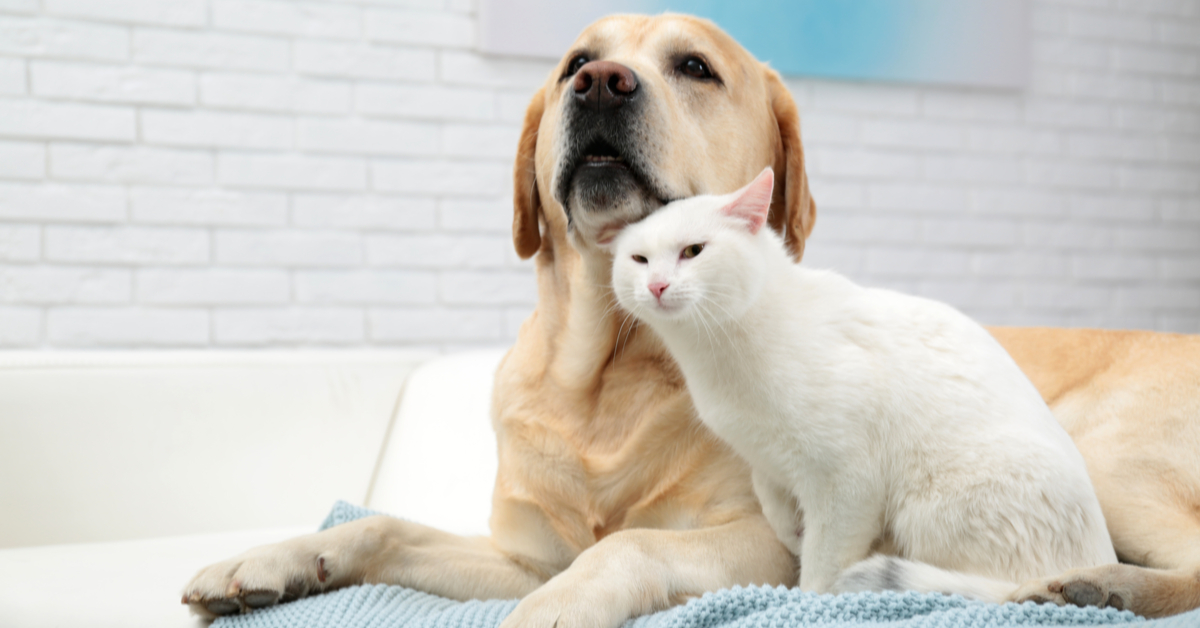
You know your pet’s sense of smell is an inherent part of how they explore the world. Just think about your dog’s “meet and greet” behavior or how your cat sniffs the new food before tasting.
Dr. Jeff says, “Animals have a substantial part of their nasal passages and brain anatomy dedicated to olfactory (smell) functions, so it makes sense that aromatherapy can be useful in addressing their medical needs.”
Yet, we can overdo it by accident without guidelines, as our pets’ sense of smell is exceptionally stronger than ours.
According to pet groomer and educator Malissa Conti-Diene,
If we can smell it, imagine 20x more for that animal. As humans, we get nose blind. We’ll diffuse for longer and longer amounts of time, and it’s overwhelming for the animal and can make them sick.
Additionally, Malissa says, “Research shows that cats are much better at differentiating between scents than dogs.” So in a way, their sense of smell is more powerful than your pup’s.
Besides diffusing essential oils for too long, we can also diffuse ones that can be toxic to our animals because we just don’t know. Malissa warns that citrus oils, for example, are dangerous for cats because they lack an enzyme to break them down.
The role of aromatherapy

As you may know, aromatherapy is scent or essential oil therapy. Imagine smelling the aroma of freshly baked bread. Such scents can make your mouth water and send your brain skipping through visuals of biting into a slice of delicious bread.
Aromatherapy can do more than help your brain visualize happy moments, though. They’re also used in holistic healing. For instance, medical studies show people can use wintergreen for muscle pain, and melaleuca as an antibacterial agent.
These essential oils are plant-based extracts with healing properties. They do more than smell nice; they also interact with the molecules in our bodies.
Our pets have a very different makeup than humans, so things we barely notice can be overwhelming and sicken our pets.
Diffuse with care
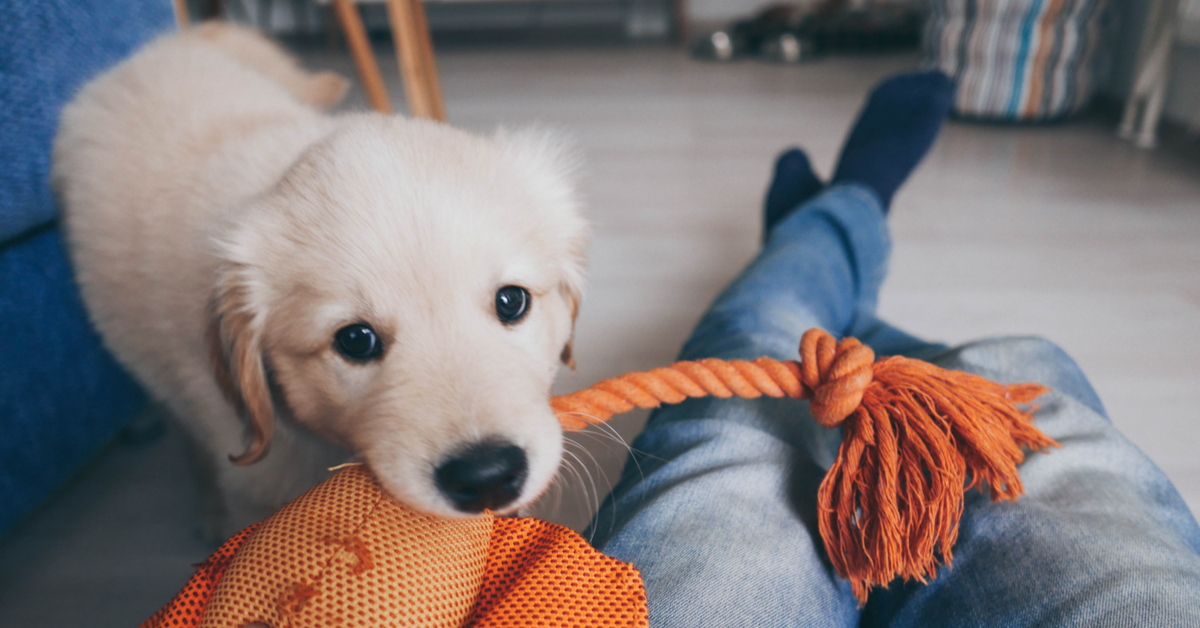
Fortunately, you can enjoy diffusing your healing essential oils with a few guidelines and even use them with your kitties or pup on occasion.
Dr. Jeff says, “My most frequent use of aromatherapy is in the case of patients which present symptoms of anxiety. I place tiny needles in acupuncture points associated with the Yin meridians to promote relaxation and ask their human caretakers to use lavender essential oils in the form of diffusers, cloths, or cotton balls soaked with this essential oil.”
Malissa explains how diffusers work and offers guidelines on using how pet parents can use theirs safely.
“In a 24 oz. diffuser, you can run it for about an hour and then shut it off. They’re ultrasonic, so it makes those water droplets look like steam. Those molecular water droplets have essential oils. They are getting breathed in and land on the animal’s coat.
“One hour a day is all you need. Especially with felines because they groom themselves so much. One hour in the morning, and if you want to run it again at night before you go to bed, that’s more than enough.”
Both Dr. Jeff and Malissa recommend diffusing away from areas and out of reach where your pets spend a lot of time.
You don’t want to diffuse essential oils near your pet’s favorite napping spot, like a calming dog bed, because they may get too much of a good thing.
Using essential oils topically
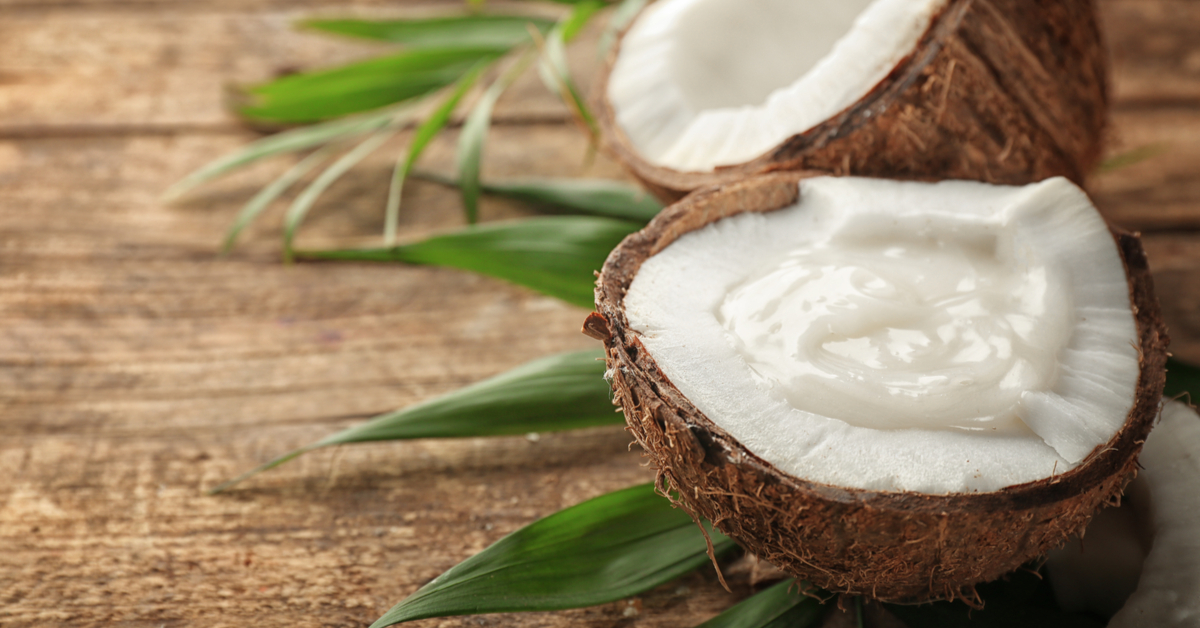
If you intend to put the oil on your pet as a topical application instead of diffusing, you’ll need what’s called a carrier oil. A carrier oil dilutes the essential oil and protects your pet’s skin from possible skin irritation.
You can use olive oil, avocado oil, coconut oil, or jojoba oil for dilution. How much to dilute depends on the age and size of your pet. It’s better to dilute heavily and gauge for a reaction.
Malissa says, “It’s just like us when we try a new product. Give the body time to adjust.”
She also says you can create a blend of essential oils for a particular animal. For example, you can create a blend of a flea/tick repellant by blending geranium oil, rosemary, lemongrass, and bergamot together with a carrier oil. Apply it to the back of your dog’s neck where they can’t reach to lick it because you never want to let your animals ingest essential oils.
Now that you know not to run your diffuser all day and keep it away from your pet’s favorite spots, let’s look at some of the essential oils that can be toxic and which ones are safer.
Essential Oils Dangerous for Cats
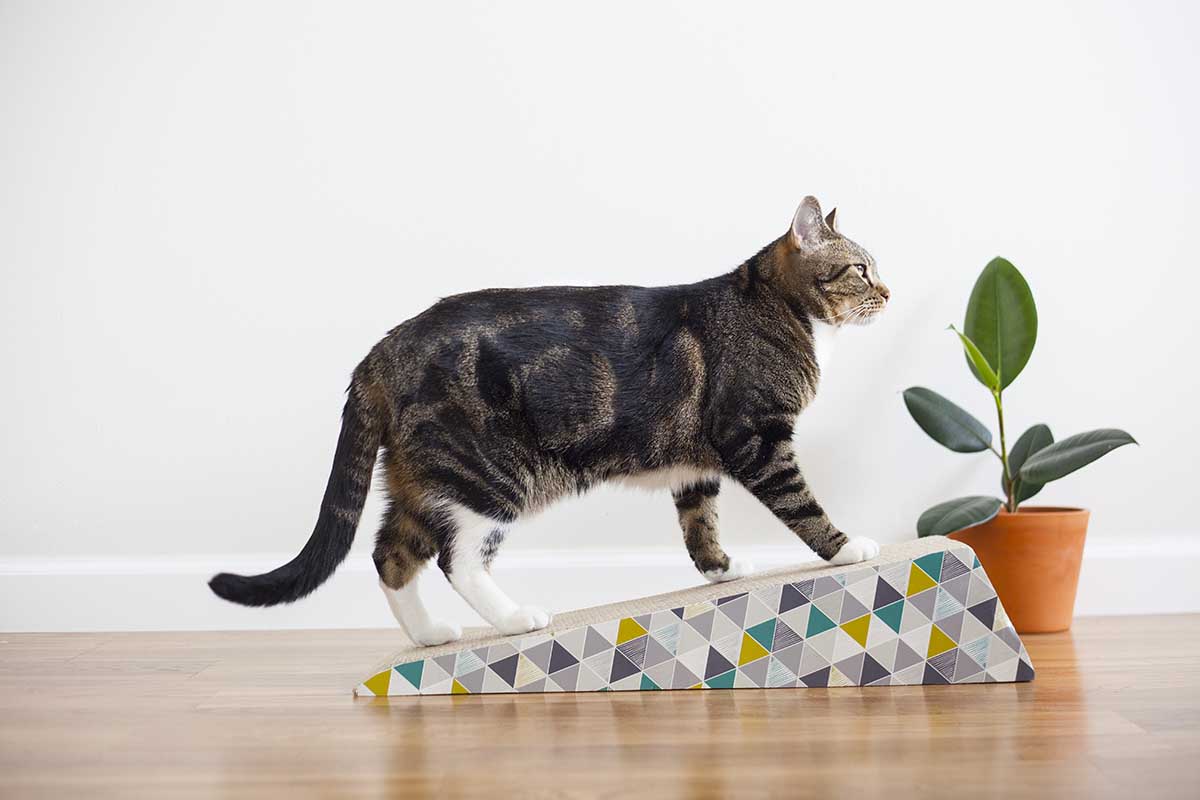
As mentioned above, citrus is a problem for kitties. Malissa says, “Do not use citrus oils with felines ever — they lack an enzyme to break down citrus. The cat might start panting heavily, which means they’re trying to process, but it’s too much. They might drool or vomit. You might notice them looking woozy or lethargic. It depends on how much exposure they’ve had.”
Other oils toxic to cats via the Pet Poison Helpline include:
- Oregano
- Thyme
- Wintergreen
- Sweet birch
- Pennyroyal
- Cinnamon
- Clove
- Peppermint oil
- Ylang ylang
- Eucalyptus
- Bergamot
- Tea tree oil (melaleuca)
Essential Oils Dangerous for Dogs
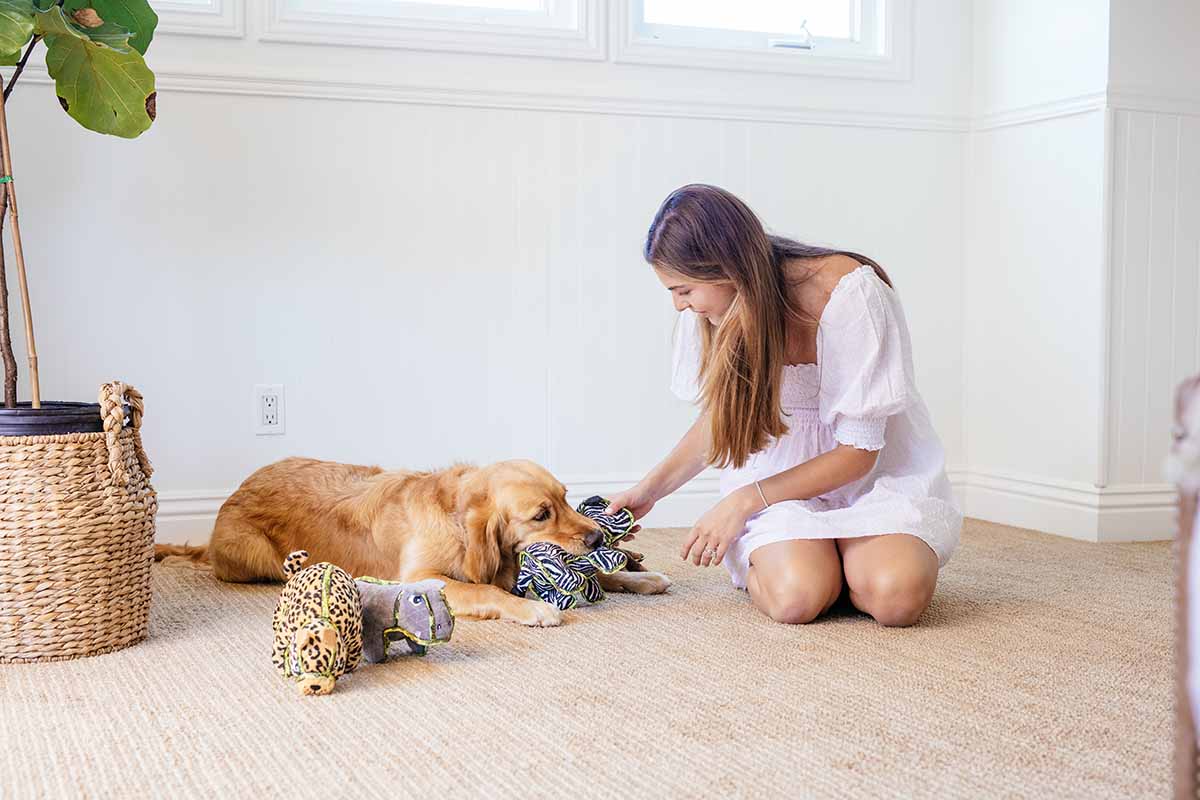
You’ll notice there’s a lot of crossover between dogs and cats when it comes to essential oils. Oils dangerous for dogs include:
- Pennyroyal
- Peppermint oil
- Cinnamon
- Wintergreen
- Pine
- Thyme
- Sweet birch
- Tea tree oil (melaleuca)
- Anise
- Clove
- Ylang ylang
- Juniper
This isn’t a comprehensive list, nor is it necessarily true for every pet. Like people, every animal is an individual and has its own molecular makeup that will respond differently to diffusing. Yet, it might be helpful to tuck this list into your pet’s first aid kit.
As a concerned pet parent who wants to diffuse essential oils, you can always consult with a holistic veterinarian or pet aromatherapist to find out more about how you can use pure essential oils with your pets safely.
Pet Safe Essential Oils for Diffuser: Dogs
Essential oils that are safe for dogs include:
- Myrrh
- Frankincense
- Chamomile
- Lavender oil
- Ginger
- Rosemary
Pet Safe Essential Oils for Diffuser: Cats
Essential oils safe for cats include:
- Frankincense
- Lavender oil
- Chamomile
Others, discuss with your pet aromatherapy specialist. If you’re diffusing blends you bought, you’ll want to review the ingredients and make sure they don’t contain any dangerous oils.
When you do diffuse essential oils, always make sure your pet can get away from your diffuser. They’ll leave the room if it’s bothering them, and ideally, they can access fresh air if they need it. You can also use other methods to help your pet deal with anxiety or other issues.
It’s also helpful if every pet parent knows the signs of poisoning in their pets.
Signs of Oil Toxicity in Pets

Your pet can get essential oil poisoning. If your pet displays any of these symptoms, call the ASPCA pet poison helpline at (888) 426-4435.
Symptoms of essential oil poisoning include:
- Drooling
- Difficulty Breathing
- Weakness
- Trouble walking — sometimes they stagger and stumble (this can indicate a problem with the central nervous system)
- Vomiting
- Liver Damage
- Skin Irritation
If you have applied essential oils to your pet topically, then wash it off as best you can. If you’re diffusing oils, then you’ll want to turn off the diffuser, get your pet into the fresh air, and call the pet poison helpline.
Essential oils are powerful medicine and are best used with awareness around your pets. Always consult a veterinarian or pet aromatherapy expert before experimenting with essential oils. Diffuse with care.
Calming Mint & Lavender Dog Toys

Orbee-Tuff Strobe Ball Light Up Dog Toy
The Outward Hound Strobe ball is a durable and exciting fetch toy your pup won’t want to stop playing with! This bright and bouncy ball comes with a battery-powered LED light that starts blinking when you bounce it against a hard surface, turning your typical game of fetch into a multi-sensory experience during the day or night. Infused with a mint scent, this bouncy dog fetch toy will also help keep your…
Whether your pup’s acclimating to their new home or needs extra support when they get scared, the Ice Agerz dog toys are the ideal solution. When shaken, the toy’s inner rattle releases a soothing lavender scent.
This post contains affiliate links. If you make a purchase after clicking one, Outward Hound may receive a small commission.
 Chewy
Chewy